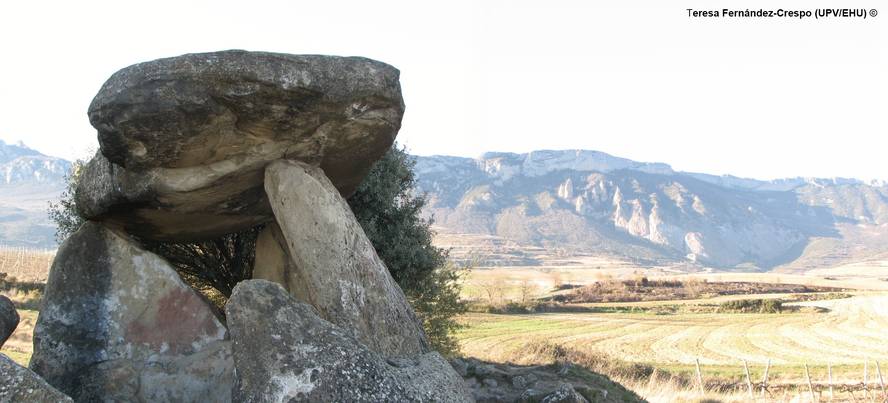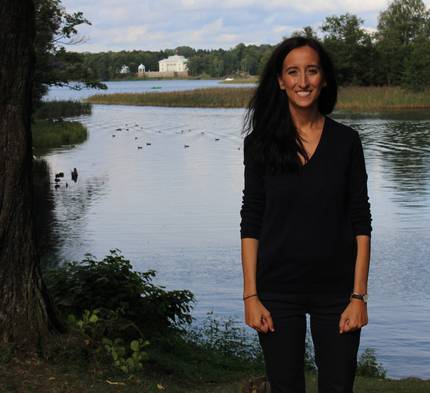Why did some people bury themselves in dolmens and others in caves?
Researchers from the UPV-EHU and the University of Oxford have conducted a study to learn more about Neolithic funerary habits in different places in Rioja Alavesa. They still don't know why they buried people in dolmens and caves. Although they have to investigate further, there is evidence that in the Neolithic there can already be socio-economic inequalities among people who could be the cause of the different inhumations. This is what the work published in the scientific journal PLOS ONE says.
UPV-EHU researcher Teresa Fernández-Crespo began research in the surroundings of the Sierra de Cantabria. He studied 166 human skeletons of late Neolithic to detect possible differences in the diet of both. “Eating is a physiological need, but at the same time the diet is conditioned by society and culture. That is why we thought that studying diet would give us clues to know who these people were,” said the researcher.
The results of nitrogen and carbon isotopes indicate that the diets of both groups were similar, mainly consuming cereals (wheat and barley) and cattle (cattle and sheep). But there is a striking difference: cave burials have a lower carbon isotope value.
Teresa Fernández-Crespo has related this difference to the location of caves and dolmens. “The caves are located on the slopes of the Sierra de Cantabria and the dolmens in the valley. These areas of the mountain range are more forested than those of the valley, so the carbon values of the plants are poorer. Animals that feed on these plants and people who feed on them will also be poorer in carbon.”
The carbon difference that has been observed in the bones of the Neolithic can be the reflection of two situations: an alternative is that of being two communities with burial habits and different economies, and the other, being part of the same community but with different socioeconomic status. “It is possible that those buried in the caves have less status and, therefore, they cannot access the fertile lands of the valley, and that those buried in the megaliths, as the construction of the tomb meant a great investment of work, were of greater status and could access the richest lands for agriculture”, says Fernández-Crespo.
From now on, dental isotopes will be investigated to determine if the latter hypothesis is correct. “Teeth, unlike bones, are stable and do not change over the years. Therefore, they are a sample of the childhood diet at the time when teeth were being produced,” explains the researcher. “In this way, we will clarify if these differences are congenital and, therefore, if they are two different communities, or if they are differences that occur when reaching adulthood and, therefore, if they are members of the dolmens that over the years have acquired a greater social status.”
Fernández-Crespo began to investigate them in his doctoral thesis and saw that more adult men were buried in the dolmens, and more women and children were buried in the caves.
Despite the doubts, the published work has put on the table a new way of understanding the funerary habits of the Neolithic. Not only that, but he has launched a new question in the scientific community: Can the beginning of socio-economic inequalities be found in Western Europe in the Neolithic?







